Introduction to Chess Defensive Tactics
In chess, defense is as crucial as offense. A good chess defensive tactics ensures that your position remains solid, prevents your opponent from gaining an advantage, and allows you to counterattack when the opportunity arises. There are several chess defensive tactics and strategies that players can use to safeguard their king, protect key pieces, and neutralize threats. Understanding these defensive techniques will improve a player’s ability to withstand pressure and ultimately counterattack or draw from a disadvantageous position. Below are some essential chess defensive tactics every chess player should learn.
Table of Contents
1. Blocking the Attack
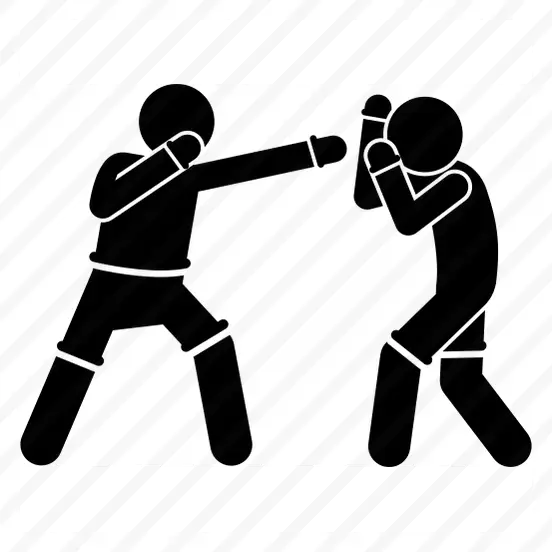
One of the simplest and most common chess defensive tactics is to block an attacking piece or threat. When an opponent’s piece is attacking a square or piece, you can place one of your own pieces between the attacker and the target to block the attack. This tactic can prevent an opponent’s piece from continuing its advance and gives you time to regroup or develop a counterplan.
Example: If your opponent’s queen is attacking your rook, you can place a knight or another piece in between to block the queen’s line of attack.
2. Defensive Pin
A pin occurs when an attacking piece attacks a piece of yours, but the piece in front cannot move without exposing a more valuable piece behind it. A defensive pin can be used to limit the opponent’s piece activity and tie their pieces down to defend an important target.
Example: If an opponent’s queen is attacking your knight, and your knight is in front of your king, you can move your king to safety. The opponent’s queen is now “pinned” and cannot move without giving up the attack on the king.
3. Interposing a Piece (Interference)
Interposing involves placing a piece between your opponent’s attacking piece and the target. This chess defensive tactic can block attacks, especially when your opponent’s piece is threatening a vital square or piece. Interposing works well when you have limited options and need to create space for your pieces to escape an attack.
Example: If your king is in check by an opponent’s queen, you can interpose your bishop or pawn between the king and the queen to block the check.
4. Defensive Fork
A defensive fork is when you use a piece, typically a knight, to attack two or more of your opponent’s pieces at the same time. While forks are often associated with offensive tactics, they can also serve a defensive purpose by threatening multiple pieces, forcing your opponent to respond and giving you the opportunity to neutralize their attack.
Example: If your opponent is attacking your queen, and you have a knight that can move to a square where it attacks both the queen and a rook, your opponent may be forced to move one of those pieces, neutralizing the pressure.
5. The Zugzwang
Zugzwang is a position in which any move your opponent makes worsens their position. While it is often seen in endgames, it can also be a powerful chess defensive tactics in complex middlegames. By creating a situation where your opponent has no good moves left, you can force them to make a mistake or hand you the initiative.
Example: A player may be in zugzwang when they are forced to move a piece that results in the loss of material or a weakening of their position. This tactic is often used in endgames, but understanding it can be useful throughout the game.
6. Defending Against a Checkmate Threat (Escape Squares)
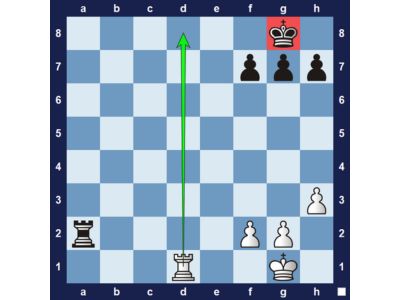
When your opponent is attempting to checkmate, one of your key defensive priorities is to limit your opponent’s ability to control escape squares. By blocking or covering potential escape squares, you prevent checkmate from occurring, buying you time to reorganize your defense or even create a counterattack.
Example: If your opponent’s queen is threatening to deliver checkmate, and the king’s escape squares are covered by the queen or another piece, you can place your piece in a position to cover one or more of those squares.
7. Counterattack
A counterattack is often the most effective chess defensive tactics, as it forces your opponent to focus on defending against your attack rather than continuing their own. By creating threats of your own, you can divert the opponent’s focus away from their attack and put them on the defensive.
Example: If your opponent is launching an attack on your king, you might sacrifice material in the short term to launch a deadly attack on their unprotected pieces or king, forcing them to shift their attention to defense.
8. King Safety: Shielding the King
One of the most fundamental defensive strategies is ensuring that your king remains safe, especially in the early and middle game. This involves castling early, keeping your king away from open files and diagonals, and placing pawns or other pieces around the king to act as a protective shield.
Example: If your opponent is launching an attack on your king’s position, moving your pawns to form a solid pawn structure (like a pawn shield) or moving the king to a safer area can mitigate the threat.
9. Rook Defense (Defending Open Files)
Rooks are powerful pieces in defense, particularly when it comes to defending against attacks on open files. The rooks can control the files and protect your pieces or king from threats along those files. In defense, it’s essential to place your rooks on the second or seventh rank to counteract your opponent’s advances and defend key squares.
Example: If your opponent’s queen is attacking your pieces along an open file, you can place your rook on the same file to counter their attack and defend your pieces.
10. Pushing the Defensive Pawn Structure
Pawns play a vital role in the defense, especially in the early and middle game. When under attack, one of the best ways to slow down your opponent’s pieces is to create a solid pawn structure. This can involve moving pawns to block enemy pieces, strengthen your defenses, or advance in a way that creates threats of your own.
Example: If your opponent is advancing pawns or pieces on the kingside, you might push your pawns (e.g., h6, g5) to block their advance, creating a solid defensive structure while restricting their piece mobility.
11. Creating a Fortress

A fortress is a defensive structure that is difficult for your opponent to break through. By carefully positioning your pieces and pawns, you can create a “fortress” around your king or key pieces that is hard for your opponent to penetrate. Once a fortress is established, it can often result in a draw or a favorable endgame position.
Example: In an endgame where you are down in material, you might position your remaining pieces in such a way that your opponent cannot break through your defenses, forcing a draw.
12. Simplifying the Position (Trading Pieces)
When under pressure, simplifying the position by trading pieces can relieve the attacking pressure. Trading down material is often an effective way to neutralize an opponent’s advantage, especially when they have a significant lead in material or position.
Example: If your opponent has a strong attack and you are behind, offering a trade of pieces—especially queens—can reduce the tactical opportunities for your opponent and make it harder for them to maintain their attack.
Conclusion
Chess is a game of balance between attack and defense. Chess defensive tactics are crucial for protecting your king, neutralizing threats, and ensuring that your position remains solid. By mastering these defensive techniques—such as blocking attacks, interposing pieces, and creating counterattacks—you will be able to survive difficult positions and improve your overall game. Every player should incorporate these defensive strategies into their repertoire, as they not only help you survive attacks but also provide the foundation for successful counterplay.
For more about chess defensive tactics, please click this link

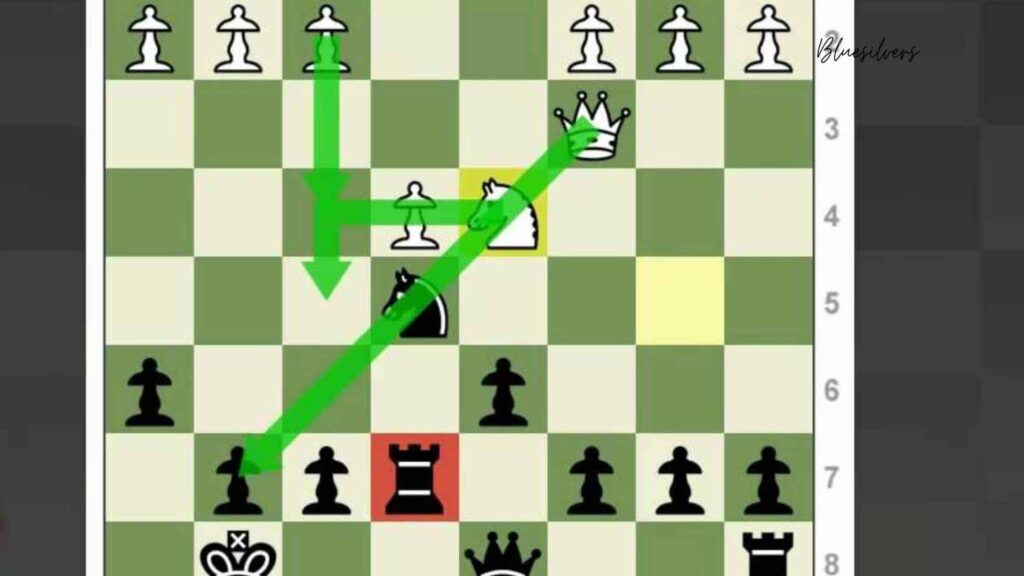
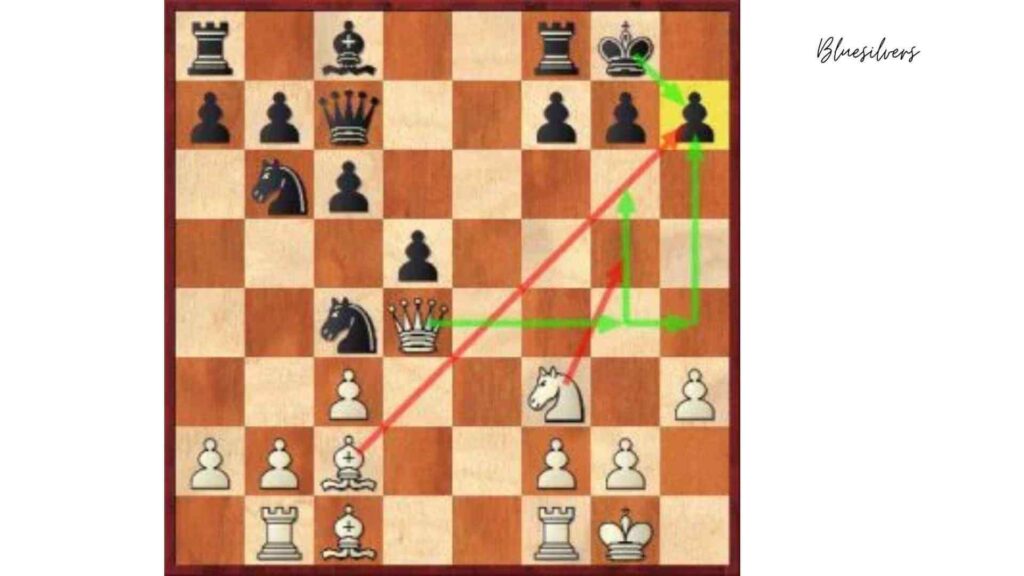
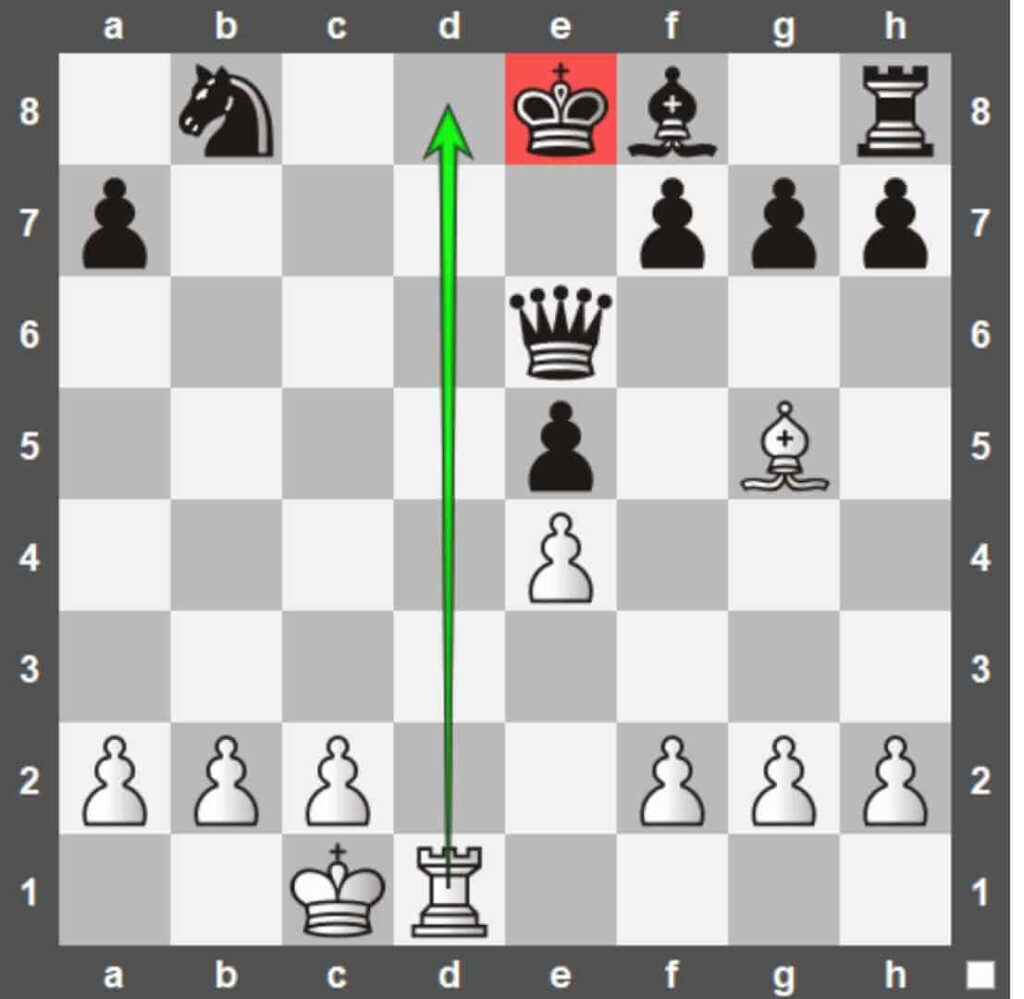
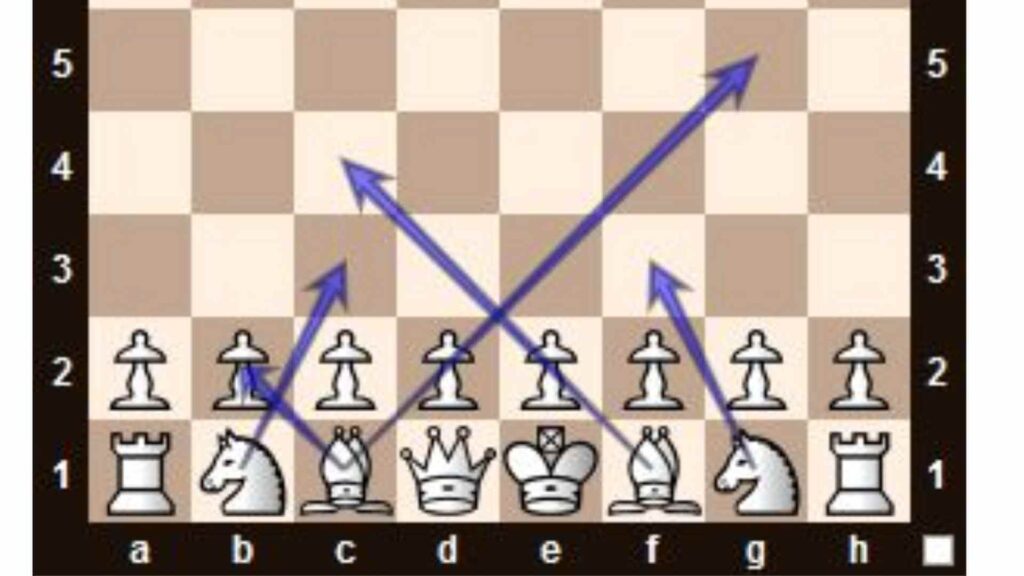
Your perspective orchestrates brilliance! Experience brilliance with Sprunki.
Thanks. We have more blog posts about chess game. We are going to be producing video tutorial soon